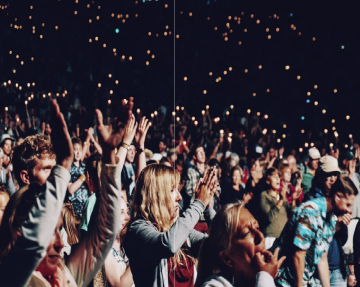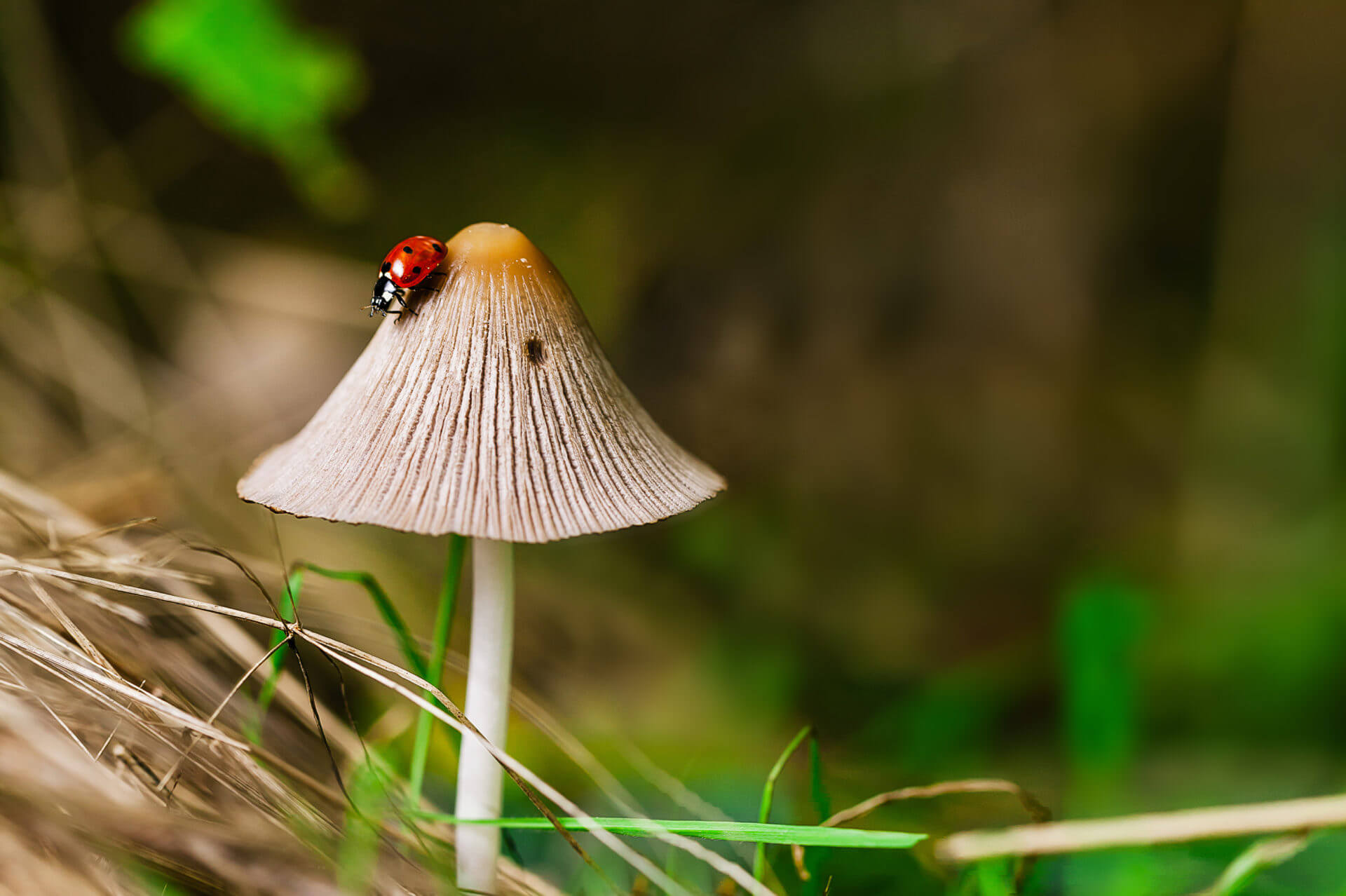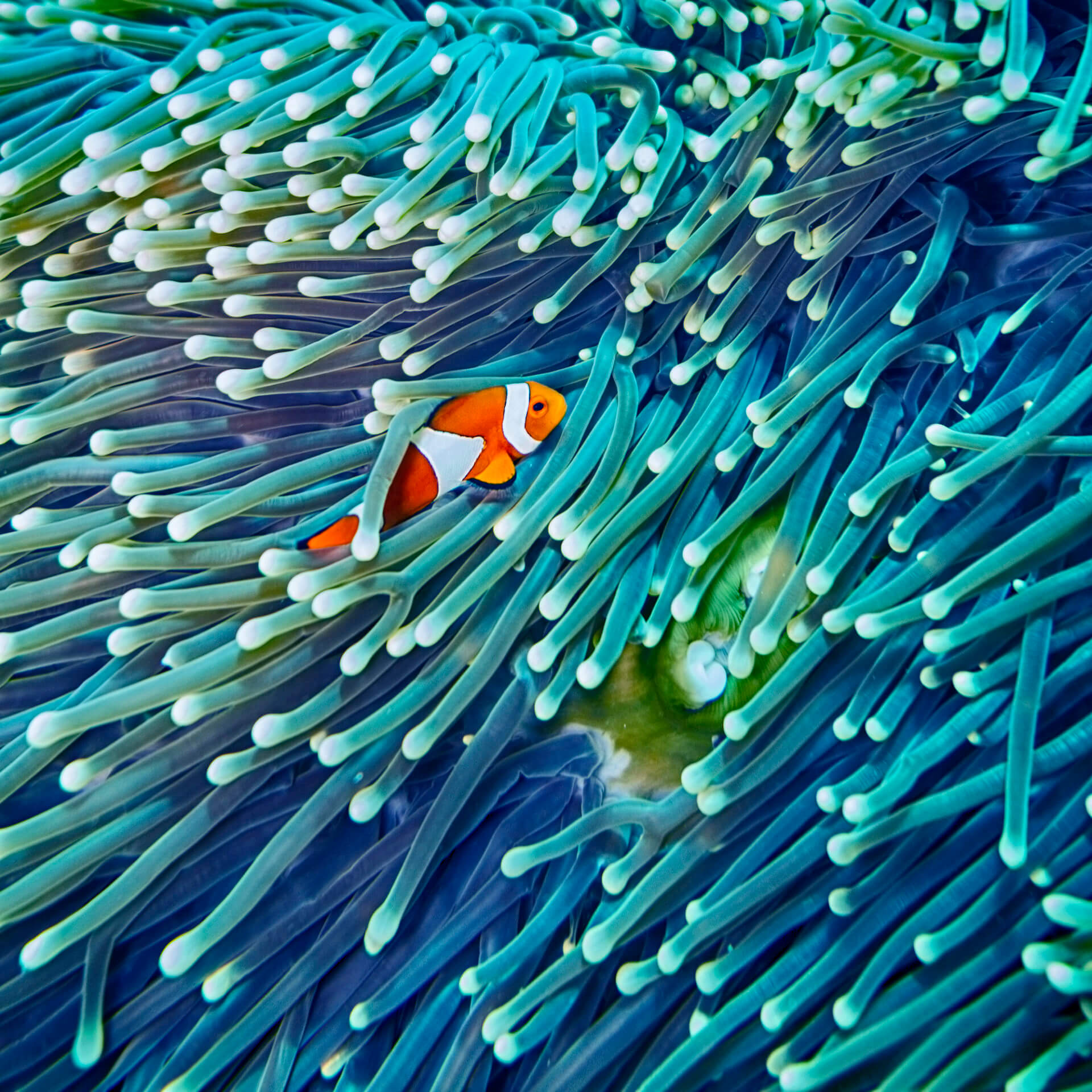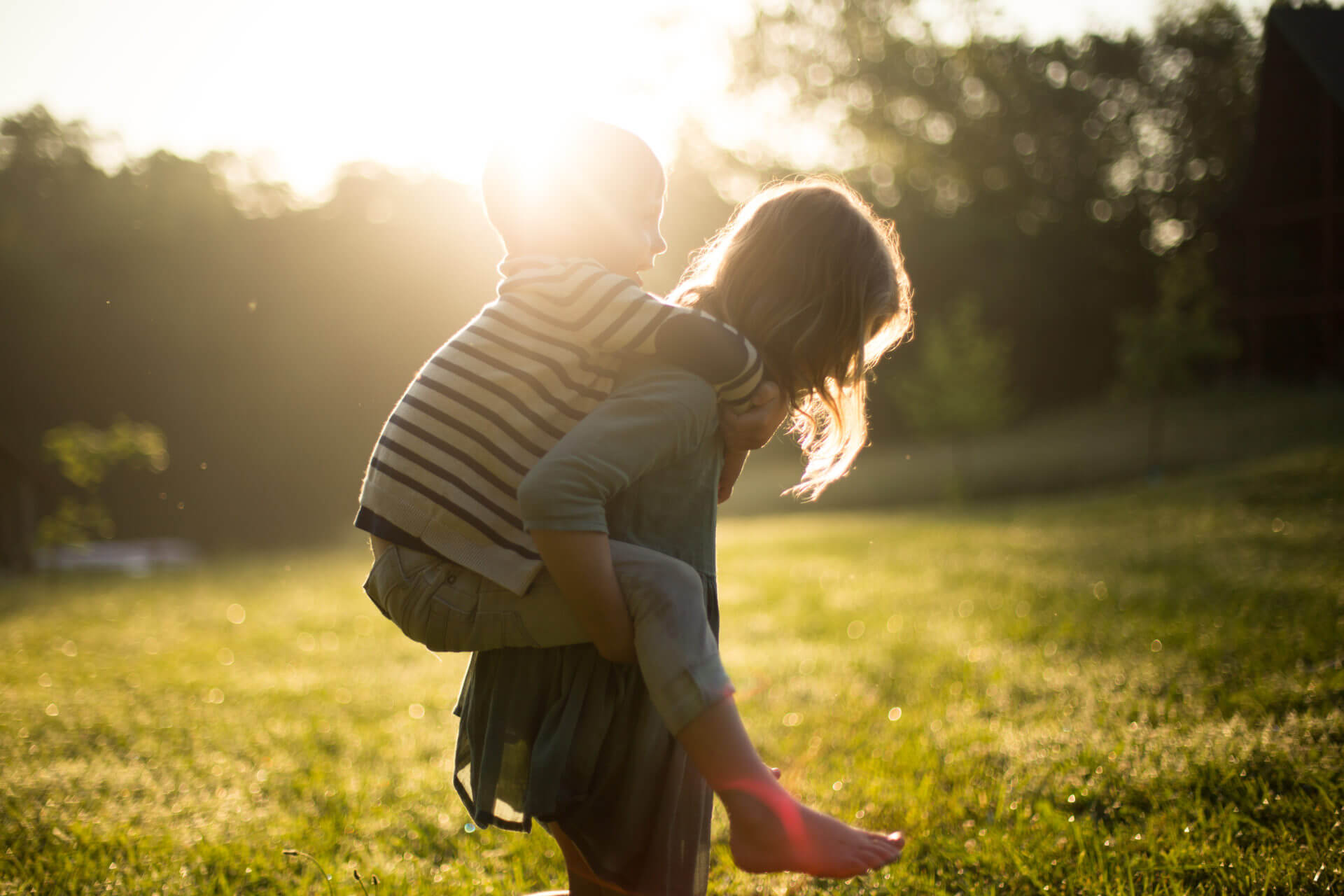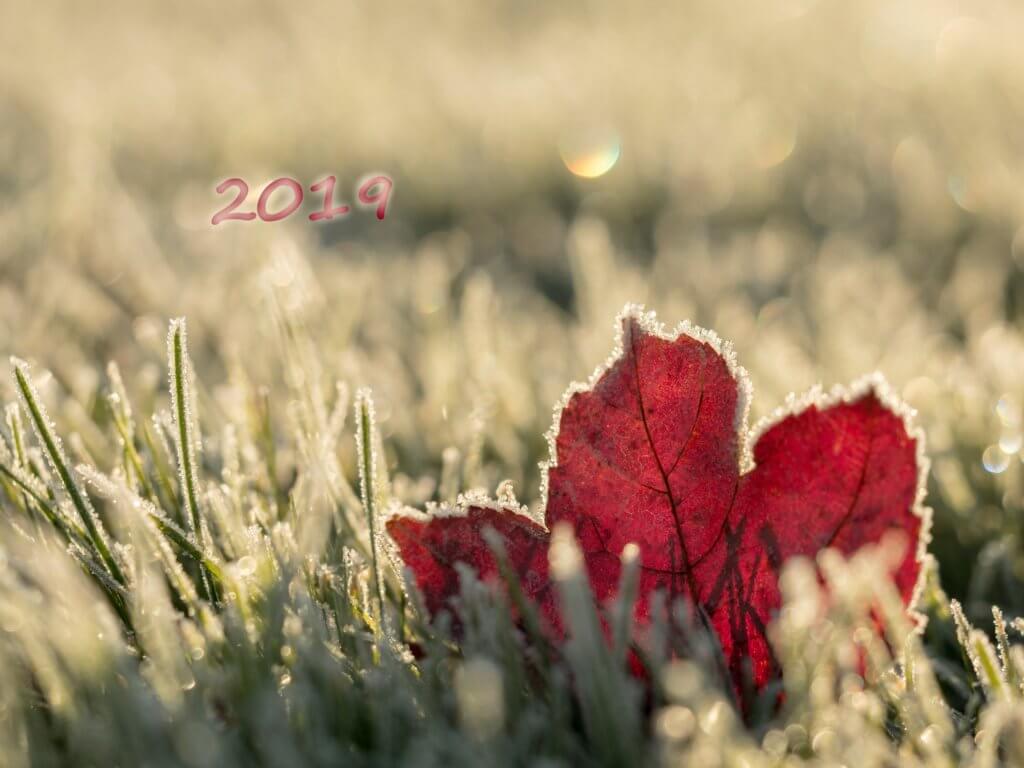
A Happy New Year 2019 focused on biodiversity!
Is the year-end holiday season behind you? No more crazy shopping for gifts, no more hearty meals… until next year! As this period is behind us, let’s now take the time to ask ourselves what a celebration such as Christmas represents in terms of impact on biodiversity. And most importantly, what can we do to reduce our footprint during the holidays, whatever they may be?
The bustle of the holidays is giving way to a new year and this is the perfect opportunity to think about consuming differently and to make good resolutions… Because all this food swallowed, these gifts exchanged, these Christmas ornaments do have an impact on biodiversity and ecosystems. Here are some tips to reduce your footprint in 2019.
- Less goods, closer ties
At Christmas, or for a birthday, we buy many things but does the person who receives it really need it? Does the accumulation of material goods make him/her more happy? What about the use of raw materials that will be greatly needed by future generations? Choose to offer your loved ones some quality time and memories, such as a meal, a moment of relaxation, a family photo, a walk,…
Another good idea is getting involved in a nature protection organisation. Take part in walks to discover biodiversity and in clean-up actions to preserve it. Or adopt an endangered animal. In this way, you will support associations’ efforts to protect endangered species.
If you still prefer material gifts, there are ecological, economic, ethical and practical alternatives!
- Don’t get too wrapped up in it!
Save on paper, it will still end up being thrown away! Wrap your gifts in useful (towel, scarf, plaid…) or reusable packaging (cloth or canvas bag). Unless you prefer to let your imagination run wild by colouring a few drawings on recycled paper… What matters is not the container but the contents.
- An alternative Christmas tree
It’s time to pack up or throw away your Christmas tree.
Did you know that the waste and nuisance resulting from the production of artificial trees are significant? If you already have an artificial tree, you will need to keep it for more than 20 years to compensate for its production.
If you prefer the old-fashioned tradition and its beautiful natural tree, choose a tree that is grown sustainably (without pesticides) by a passionate local producer.
If you are ready to innovate, use recycled materials (pieces of wood, pallets, branches, etc.) to make your own tree next year, and reuse it the following year! Or why not garland the plant or small shrub that sits in the living room all year round?
- A particular atmosphere created by everyone in their own way
Year-end celebrations often mean decorations of all kinds… No more usual decorations that will end up in the garbage, let your imagination run wild… How about snack decorations: nothing to store, everything to eat! And for a natural Christmas, use wreaths, balls, garlands, table runners,… made of branches, flowers, berries and other dried fruits. Pine cones and branches just picked up, a jug filled with tap water, Granny’s old dishes,… Set a pretty table instead of using disposables.
- Focus on proximity
Christmas and New Year’s Eve can be gastronomic celebrations. In addition to traditional dishes, we also have more exotic foods on the menu. How many kilometres did they travel before they landed on our plates? A few thousand… Creating indirect damage to our biodiversity. However, our regions provide a wide range of specialties developed by passionate producers who respect biodiversity. Meet them, eat organic, seasonal and local food for an original celebration.
And since this is the time for good resolutions, please note that these tips can be applied at any time 😉.
Best wishes for a new year rich in biodiversity!
For more tips, check out the Advent calendar on our Instagram #bebiodiversity
Actus Associés

Regenerative development and design: improving governance, innovation and planetary health
Humans have pushed several planetary boundaries out of their safe operating space and inequalities within and between countries are rising… Our current societal and environmental challenges require a meta-response. This is what Regenerative Development and Design (RDD) aims to bring.
See more
Save biodiversity by eating better
Our food choices have significant effects on biodiversity and ecosystems, but also on our health. Among other things, intensive meat production is responsible for the destruction of many ecosystems around the world and excessive meat consumption is a source of various diseases. Yet demand is growing on an increasingly populated planet with limited natural resources. As individuals, do we have a role to play in mitigating this trend in a globalised world? The answer is yes!
See more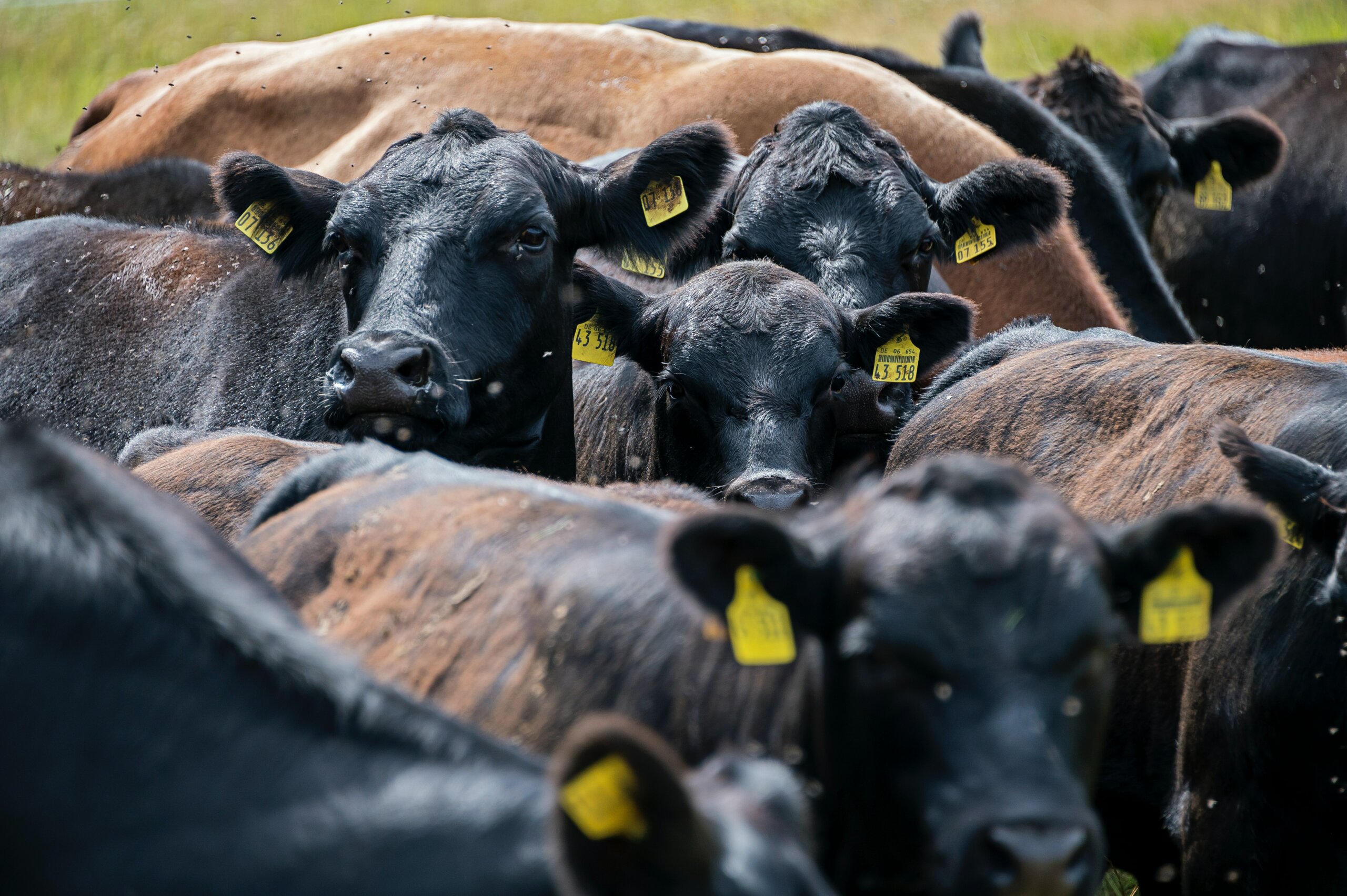
A very meaty diet: what consequences for biodiversity?
Did you know that, in the European Union, the food industry is the main cause of environmental damage, followed by housing and mobility?[1] Although many consumers are aware of this, we tend to underestimate the effects of our eating habits on the environment.[2] While this is not good news, it does mean that our choices can make a real difference. But can we really protect biodiversity at mealtimes?
See more


